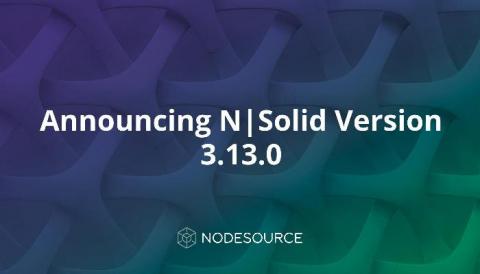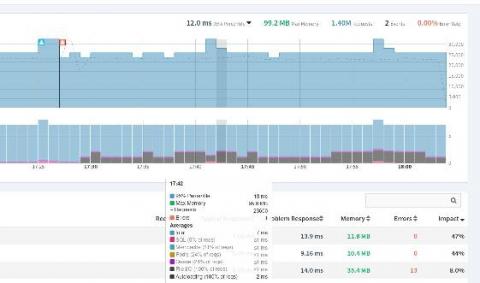Production Debugging: Everything You Need to Know
Production debugging, as the name suggests, takes place when one must debug the production environment and see the root cause of this problem. This is a form of debugging that can also be done remotely, as during the production phase, it may not be possible to debug within the local environment of the application. These production bugs are trickier to resolve as well, because the development team may not have access to the local environment when the problems do crop up.











